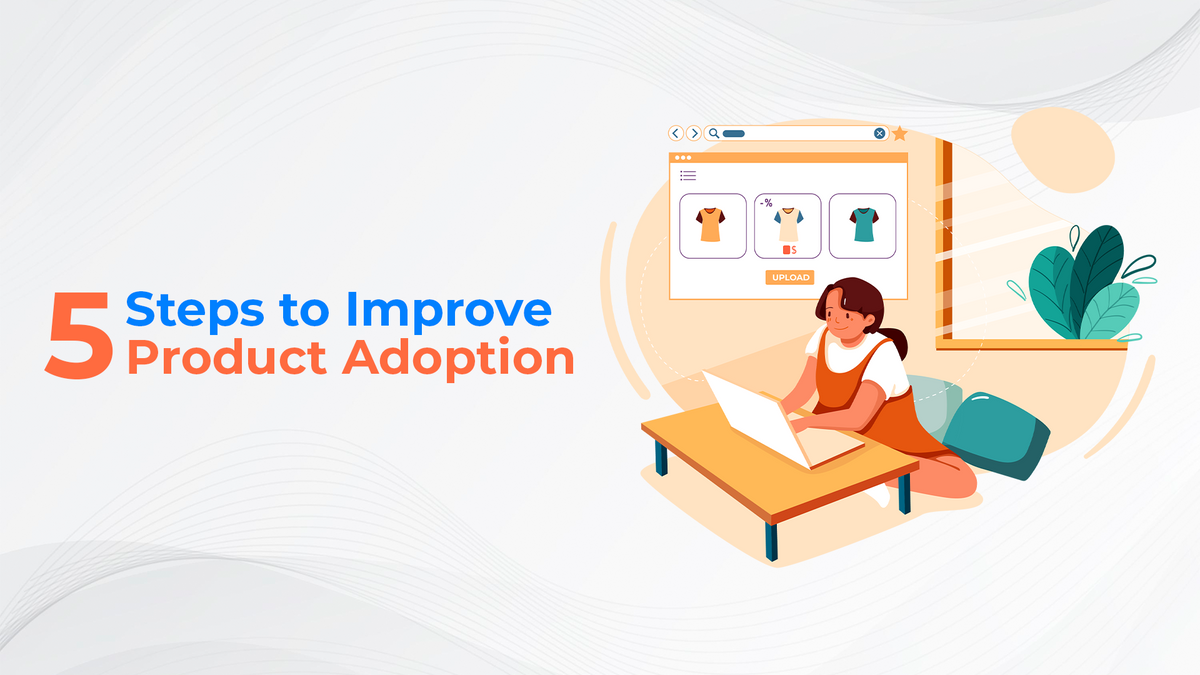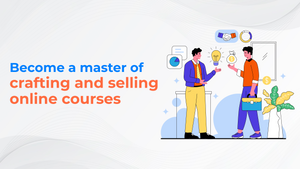Product adoption is the process where the customer finds out about your product and goes through a process to become aware of your product and become a regular user after finding the value in your product. This is where product education plays an important role in helping the users to get familiar with the product by educating users about the benefits and use of your product. To achieve those benefits, they need to learn how to engage with the product to get the benefits.
There are common sentiments when it comes to training, and that training is tedious and lengthy. If it’s product training, it can be super boring; however, they are ways to improve product training; let’s dig deep to understand how to do that better.
Micro-Learning
When creating the training content, try to break it down into small pieces. Micro-learning helps in preventing the overload of information. One of the most popular formats of micro-learning is video because it is easy to access short videos and is becoming expected on many kinds of platforms.
Start by eliminating any irrelevant information, such as how to navigate the video. Instead, focus only on the instruction the customers need to get from the video. Although producing a video is quick and inexpensive, make sure to take the time to make a polished, high-quality video. But don’t limit your micro-learning to just videos. Other formats can also work well, including:
- Podcasts on a specific instructional topic.
- Multimedia slideshows combine auditory and visual aids to teach a skill or lesson.
- Simulations that take the customers through an example or case study
Gamification
Sometimes, product training will be dull and distracting, and gamification is the best solution against boredom and distraction. Gamification makes the customer onboarding process more fun. In addition, gamification helps in user engagement and helps understand the complex part of the training.
The fascinating thing about gamification is that it is increasingly used by brands not only because it establishes an interaction with the target audience; but because this type of marketing strategy based on games is capable of generating powerful customer engagement. Consequently, besides developing commitment, customer loyalty is also being fostered.
Through the design of the playful experience that gamification offers, the client generates a certain affinity to finish one challenge and another and advance to a new level. The customer becomes hooked as he/she looks and seeks to progress. This undoubtedly establishes customer loyalty in the long run.
Make It Mobile
We are living in a hasty fast-paced world where people have less time to spend on training. Therefore, making the training material available for mobile learning is more effective as trainees can take the activity as per their availability. Making your training mobile will help you improve the product training; you can think of implementing the LMS as well.
Segmented Email Marketing
It’s such a challenge to reengage your customers after a while of them being subscribers of your product. If you want to make them feel that your new updates are as convenient and practical, segmented emails will work the best for you.
After every major additional feature or upgrade in your product, you must email all your users right away. Timing is a fundamental part of segmented email marketing. All you have to do is avoid mass email sending.
Categorize your users. You can send particular emails to those who got their current subscriptions from certain promos or discount offers and then a different one for those whose plans are about to expire. That way, they get a sense of personalization without you having to email each user individually.
Release Webinars or Live Demos
There is no greater way to make your users feel guided throughout their subscription than by giving them a live demonstration or hosting webinars for them.
When it comes to training a customer about the product, consumers are more driven to adopt products when they have materials such as a live demo. That makes them feel secure, that they are personally guided even without actual interaction from anyone in your team.
Conclusion
BrainCert aims to build scalable and sustainable growth in product adoption. Marketplaces are crowded with tons of such products that solve a great problem but never make it big because of usability issues. Whenever we say a product is not well adopted by the users, that does not mean that the users are not satisfied with the product to keep using it further or for the long term. Hence, product adoption is a key factor that denotes the product's success with the new users who are eventually expected to be extensive users of the product.









